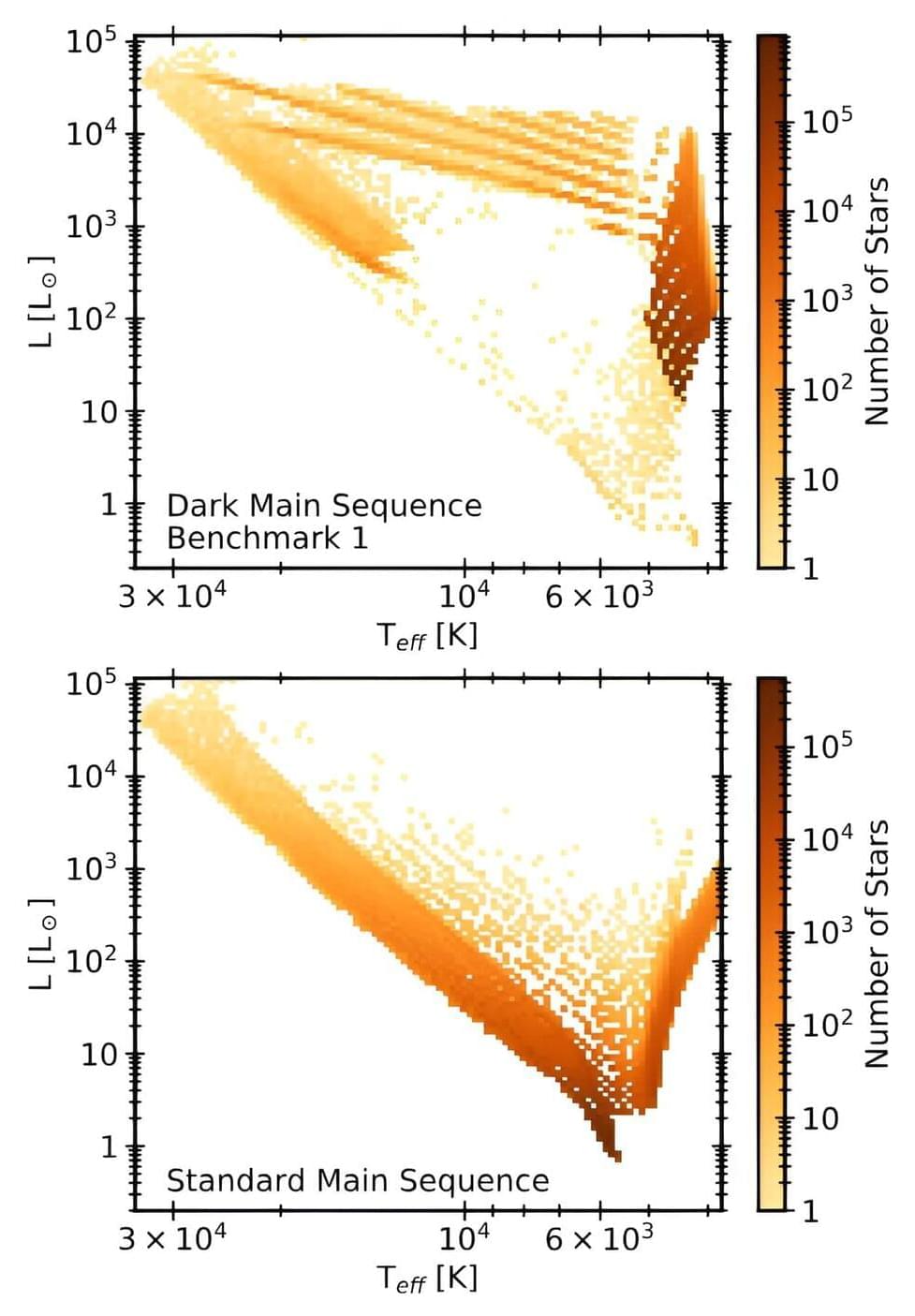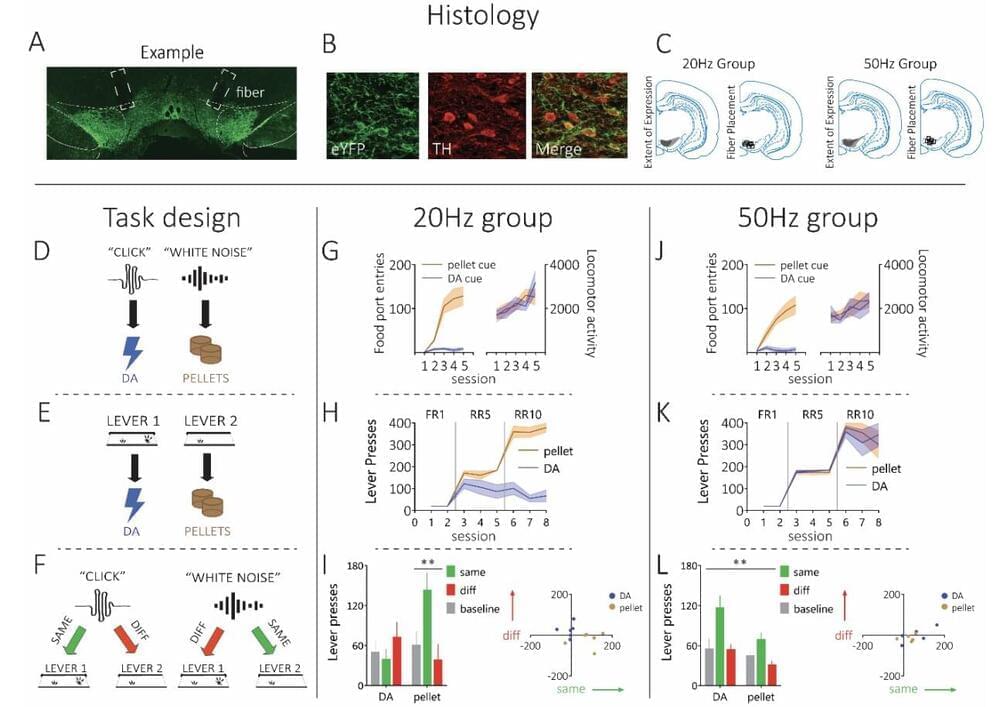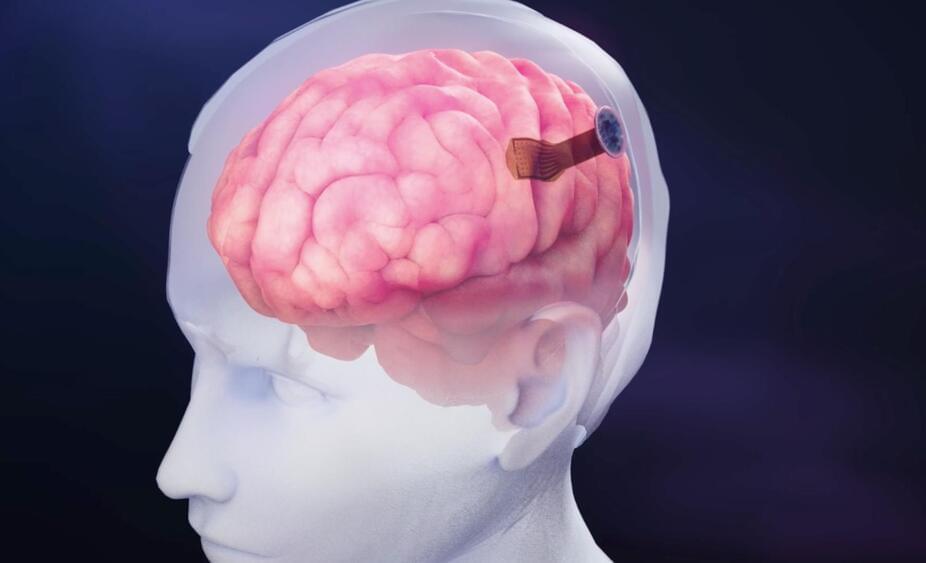13K likes, — tylerthrasherart on March 31, 2024: ‘This color is killing flies and saving lives. A blue fabric with a reflectivity set at 460nm lures in the tsetse fly that mistakes the blue…’



They calculated stellar populations without and with the presence of dark matter. With dark matter, more massive stars experienced a lower dark matter density, and hydrogen in their core fused more slowly and their evolution was slowed down. But stars in a higher dark matter density region were changed significantly—they maintained equilibrium through dark matter burning with less fusion or no fusion, which led to a new stellar population in an HR region above the main sequence.
“Our simulations show that stars can survive on dark matter as a fuel alone,” said lead co-author Isabelle John from Stockholm University, “and because there is an extremely large amount of dark matter near the Galactic Center, these stars become immortal,” staying forever young, occupying a new, distinct, observable region of the HR diagram.
Their dark matter model may be able to explain more of the known mysteries. “For lighter stars, we see in our simulations that they become very puffy and might even lose parts of their outer layers,” said John. She noted that “something similar to this might be observed at the Galactic Center: the so-called G-objects, which might be star-like, but with a gas cloud around them.”



Black hat hackers have reportedly unleashed malicious software targeting over 1,500 banks and their customers worldwide.
Security researchers at IBM say a revamped version of the Grandoreiro banking trojan has just rolled out, enabling attackers to perform banking fraud in 60 countries.
The malware allows attackers to send email notices that appear to be urgent government requests for payments.


Directed with clinical precision by Academy Award winner Robert Wise, this compelling account of the earth’s first biological crisis is perhaps the most chillingly realistic science fiction thriller ever made. After an errant satellite crashes on Earth near a remote New Mexico village, the recovery team discovers that almost everyone in the town are victims of a horrible death, with the mysterious exception of an infant and an old homeless man. The survivors are brought to a state-of-the-art laboratory descending five stories beneath the ground where the puzzled scientists race against time to determine the nature of the deadly microbe before it wreaks worldwide havoc. A trailblazer in the areas of special effects and inventive sets, The Andromeda Strain is based on Michael Crichton’s best-selling novel that created national paranoia for its topical relevance to the first moon landing.
It’s estimated that almost half of the world’s population — about 3.7 billion people under the age of 50 — are infected with (HSV-1), which can cause oral herpes. About half a billion people between the ages of 15 and 49 are infected with herpes simplex virus-2 (HSV-2), the cause of genital herpes. There are therapeutics that can eliminate some symptoms of herpes, like blisters, but there is no cure for the infection, and those who are infected can spread the virus to others. Studies have suggested that HSV-1 may increase the risk of dementia, and HSV-2 raises the risk of HIV infection.
Scientists have now developed a gene therapy that can eliminate as much as 90 percent of oral herpes and 97 percent of genital herpes infections in pre-clinical mouse models. The gene therapy also reduced the level of virus that was released from an individual in a mouse model of the infection. These reductions took about one month to be completed, and more of the virus seemed to be eliminated over time. The work has been reported in Nature Communications.
